04 October 2016, The Aloft Bangkok Sukhumvit 11 Hotel, Bangkok, Thailand
Presented by HDFF and The Asia Foundation
Overview:
On October 4th2016 more than 30 diplomatic, government, civil society and academic representatives as well as interested public came together for the HDFF organized and The Asia Foundation’s sponsored Chairman’s Circle to discuss the theme of ASEAN and SDG ’16: Peace, Justice, and Strong Institutions. Mr. KaviChangkittavorn, senior fellow at the Institute of Strategic and International Studies at Chulalongkorn University, gave the key note address, specifically examining the case of the South China Sea and relations between China and ASEAN. Mrs. Tokuda Poon YorChing, Global Peace Foundation country representative for Indonesia, also spoke on the situation and her work in this archipelagic country. Mr. Delsy Ronnie from the Nonviolent Peace-force in the Philippines closed the panel discussions discussing the current situation in Mindanao. The aim of thisevent was to use case studies in ASEAN to look at the relationship between security, development, and the SDG framework.
More than 30 interested participants from embassies, nonprofits, NGOs, Universities, and the UN both based in Bangkok and abroad joined the discussions around ASEAN. Mr. Kim McQuay, Country Representative from the Asia Foundation, gave the opening remarks for the day and Dr. Christopher Ankersen from the United Nations Department for Safety and Security moderated the panel discussion.
Key Note: “South China Sea Conflict”
The Chairman Circle started after the opening remarks with Mr. Kavi Chongkittavorn who focused on the ASEAN strategy after the Arbitral Tribunal Ruling on the South China Sea.
At first Mr. Kavi drew the line from the SDG 16 to the ASEAN’s vision 2025 of a Political and Security Community:
– Rule‐based, people‐oriented, people‐centered community
– Peaceful, secure and stabile region
– ASEAN Centrality in a dynamic and outward looking region
– Strengthened ASEAN institutional capacity and presence which showed the parallel ideas and aims of the ASEAN Vision 2025 and SDG 16.
He then elaborated some key elements of the court ruling in The Hague as follows:
– China’s claim “nine‐dash line” is not consistent under the UNCLOS (Law of the Seas).
– South China Sea is only 12 nautical mile territorial zones—sono200mile exclusive economic zones (EEZs) or continental shelves as claimed.
– China is not an archipelagic state so it has no right to draw straight archipelagic baselines around the Sprat leys.
– By not permitting the Filipino fishermen to fishing Scarborough Shoal China violated the concept of the traditional fishing rights.
– Under UNCLOS, China failed to preserve and protect the marine environment, causing massive environmental damage through its reclamation activities.
Mr. Kavi elaborated then that ASEAN countries gave a variety of comments on this ruling, but did not come out with a joint statement until the summit in Laos. He also put in context that the key issue to solve the problem is the ASEAN – China relations which may change after Philippine’s President Duterte’s visit to Beijing. Besides the Philippines the main ASEAN actors in this context are Thailand and Malaysia. Furthermore, Mr. Kavi advocated for a renewed approach for the 26 years long ASEAN –China relations which includes the necessity that China agrees to stop infringing on the international law and still allows ASEAN countries to act on traditional fishing rights. With that approach sustainable development and also peace can be achieved in such an environment.
In addition Mr. Kavi noted that Thailand is well respected and trusted by China since it works as a mediator between China and ASEAN over the South China Sea dispute. Nevertheless, the ASEAN Community looks forward to complete Regional Comprehensive Economic Partnership, community building, and to admit the EU as a strategic partner in 2017.
Panelists 1: “Peace Effort and Conflict Resolution in Indonesia”
Mrs. Tokuda Poon YorChing‘s presentation on Peace Efforts and Conflict Resolution in Indonesia , country representative from the Global Peace Foundation, discussed the current situation in Indonesia as well as the mission and work of her organization. As a diverse country, with six official religions and 12.7% of the world’s Muslim population Mrs. Tokuda examined the foundational difference that has kept Indonesia in relative peace compared to the recent uprisings in many of the predominantly Muslim countries, despite being 88% Muslim by population. She explained Pancasila a key Indonesian philosophy, and a foundation of all policies. The word Pancasila comes from two Javanese words which translate as “five” and “principles” indicating the five principles behind Pancasila: a belief in one supreme God, just and civilized humanity, unity in Indonesia, democracy guided by the inner wisdom stemming unanimous agreement after careful deliberation, and social justice for all people. This idea of unity and respect for all peoples is also reflected in the national motto “Bhinneka Tunggal Ika”or “Unity in Diversity”. She explained Indonesia has repeatedly voted against having a single national religion instead choosing to respect the multitude of differences in the country, using Pancasila as a guiding principle.
Mrs. Tokuda then went on to detail the work and mission of the Global Peace Foundation, an organization whose motto: “One Family under God” encompasses their mission to build interfaith partnerships, collaborating across sectors, strengthen families, and promote a “culture of heart” through service. As the country representative for Indonesia much of her work comes as a response to rising tensions among different religious believers in Indonesia and facilitating communication and understanding between all is an integral part of the Foundation’s mission. Mrs. Tokuda also touched on a few specific projects the Foundation puts including the Global Peace Youth Interfaith Assembly, PEACE Project, and Global Peace Volunteers Camp, all with a strong emphasis on youth development and building strong inter-faith and intercultural connections.
Panelist 2: “The Mindanao Conflict”
The panel discussions wrapped up with Mr. Delsy Ronnie from the Nonviolent Peace Force and his presentation on the conflict of Mindanao and its significance for the neighboring states of ASEAN. The presentation began with a comprehensive overview of Mindanao giving the audience the basis to grasp the complexity of the situation. Mindanao has a structural situation that lends itself to conflict including poverty, wealth and power disparity, lack of law enforcement, and recent years have seen huge numbers of illegal firearms in the region.
As he introduced the regional actors involved, Mr. Delsy Ronnie pointed to the many groups fighting asking, “When we talk about peace, between which actors?” He continued explaining there are at least 4 distinct groupings: the insurgent groups, extremist groups, lawless groups, and other stakeholders including private armed groups and powerful clans and politicians. Because of the many stakeholders reaching a lasting peace takes more than peace-talks between just two groups. In the past failed settlements and peace agreements have helped transform separatist insurgency groups into extremist groups as distrust between religious groups has undermined the work of agreements.
Mr. Delsey Ronnie also stressed the implications of the Mindanao conflict and how it may affect the greater ASEAN region. By looking at current trends with the region and as the world as a whole becomes increasingly interconnected one can see how the illegal arms trade, kidnappings, and terrorist activities around the Sulu Sea will continue increasing if the Mindanao conflict escalates. Due to the chaos around Mindanao it may be used as an escape route or haven for those fleeing prosecution in neighboring areas. The emergence of Mindanao as a “jihad battleground” has the potential to attract more extremists in Indonesia, Malaysia, and the Uyghur. The conflict has far reaching effects beyond the Philippine borders and therefore it will take international cooperation to combat the violence and mitigate threats.
Questions and Answer Forum:
- Question: Given an opportunity of United States presidential change, would the American participation in ASEAN change or not?
- Answer: ASEAN is not influenced by politics of other countries; hence the change of government structures will not affect the ASEAN ideologies because the (ASEAN) is not determined or does not intervene in other nation’s politics.
- Question: For Mr. Delsey Ronnie, given the recent publicity regarding the war on drugs in the Philippines I was wondering what your impressions are of the general populations views on the Presidents tactics? As well as your personal views on the situation?
- Answer: From what I’ve seen, talking to people in markets, and talking to bus drivers they feel safer.
- Question: How does SDG ’16 either help or hinder your organization’s (Global Peace Foundation) work?
- Answer: (Mrs. Tokuda): I don’t see it as a hindrance at all. To create a peaceful inclusive society UN help is needed at the grassroots level. NGOs provide an important role in encouraging people and giving them hope that “peace is possible.”
- Question: Again about the Philippines, I was wondering about the situation in Davao, often stated as a success story? And how you view the situation there in light of the violence you’ve discussed in the rest of Mindanao?
- Answer: Davao is the safest area for the past 10 or 15 years. However, this doesn’t reflect the situation in Mindanao. For example in Davao no one can smoke, visitors, even people who live there cannot smoke cigarettes. I cannot say if this is good or bad, but Davao is not like the rest of the country. So far, there has been no true success against the extremist groups. ASEAN needs to sit together, there is a lot of communication between Malaysia, Indonesia, and Philippines around kidnapping cases, but sometimes we need agreement regarding how to anticipate the violence and how to combat it is an ASEAN force. There have been special task forces set up to talk to the young people.
Policy Recommendations
The forum explored the challenges of achieving Sustainable Development Goal No 16 in the ASEAN context. As a result of the presentations and subsequent discussions, the following recommendations have been generated:
– Join major parts of the ASEAN Vision 2025 together with SDG 16 and establish peaceful community with strong institutions, especially arbitration systems.
– Advocate that ASEAN governments increase their multilateral and parallel bilateral talks for reducing tensions, especially with China in the South China Sea.
– Promote internal dialogue in countries with domestic problems or conflicts to create a peaceful environment within the region and the communities.
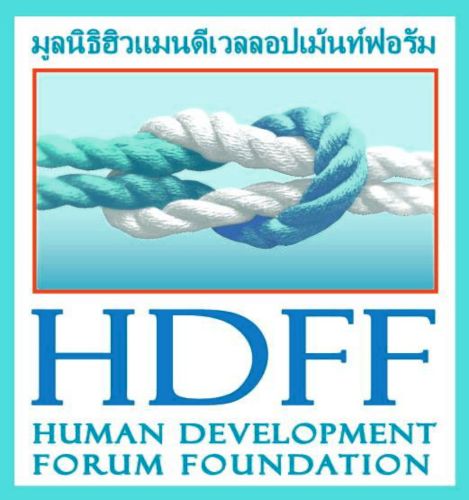
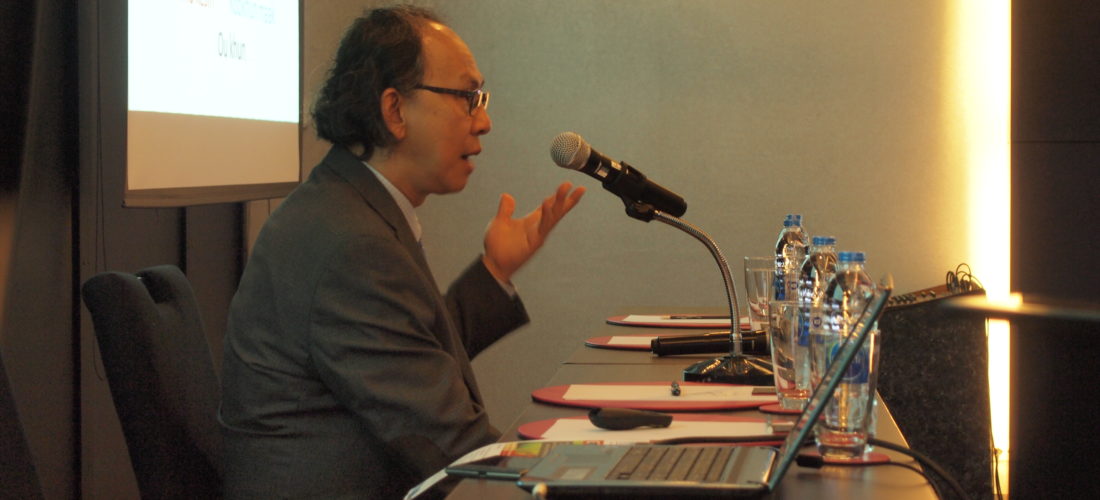
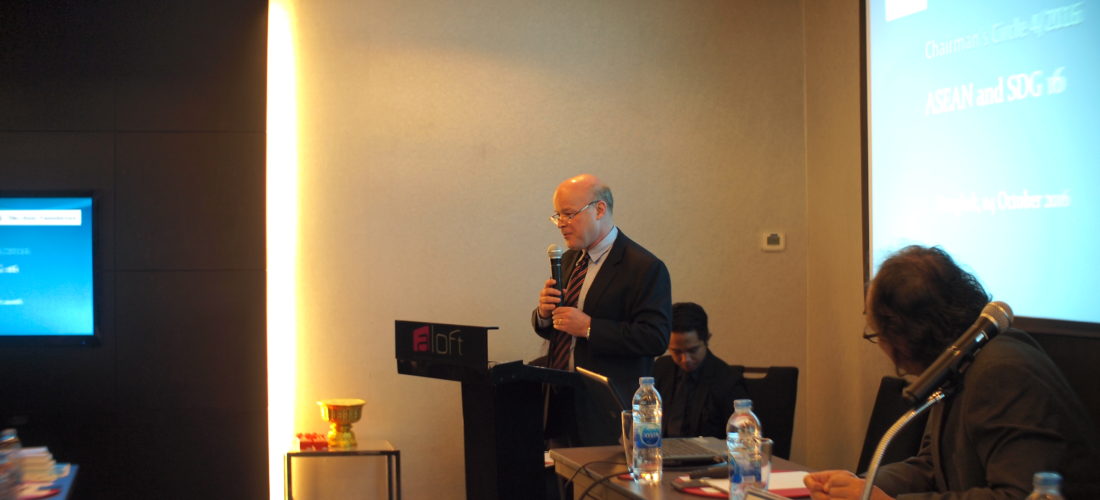
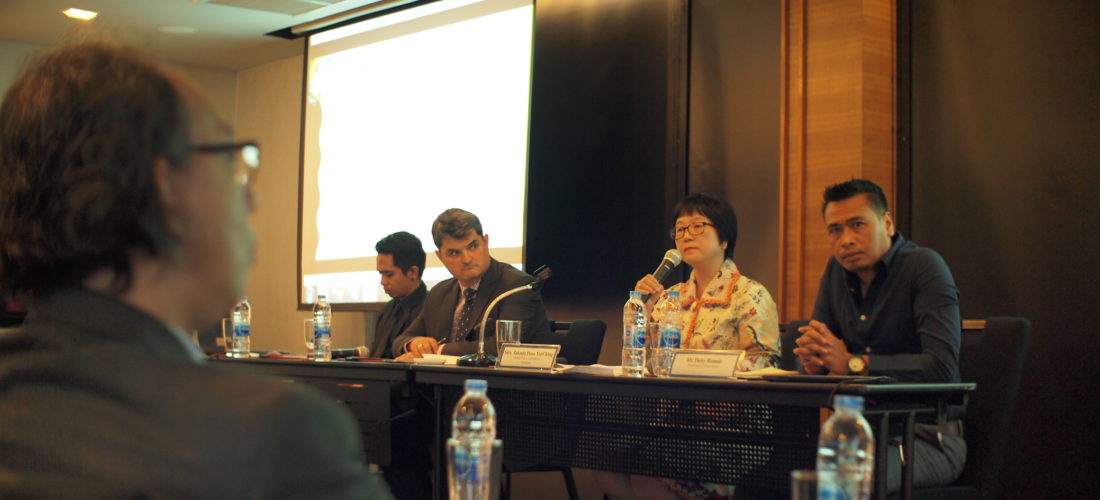
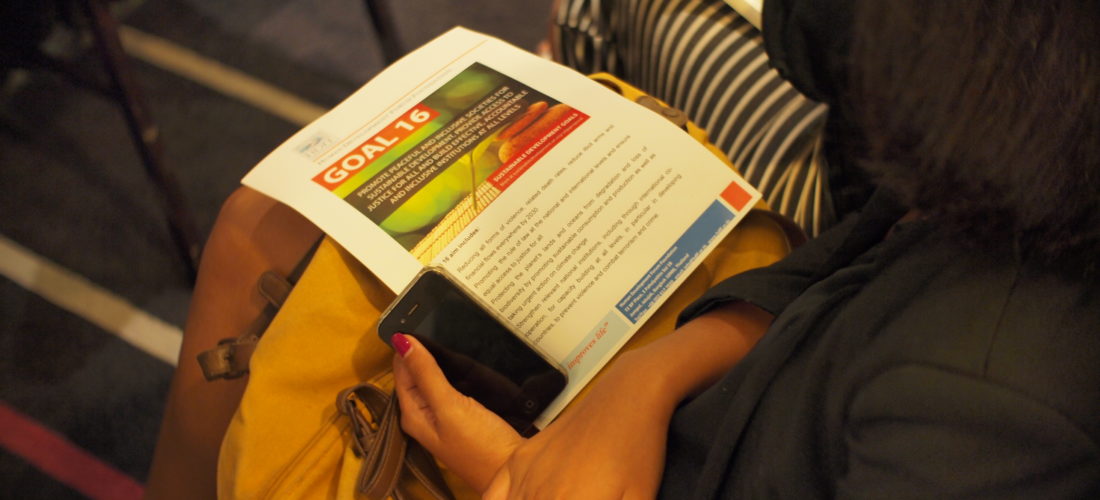

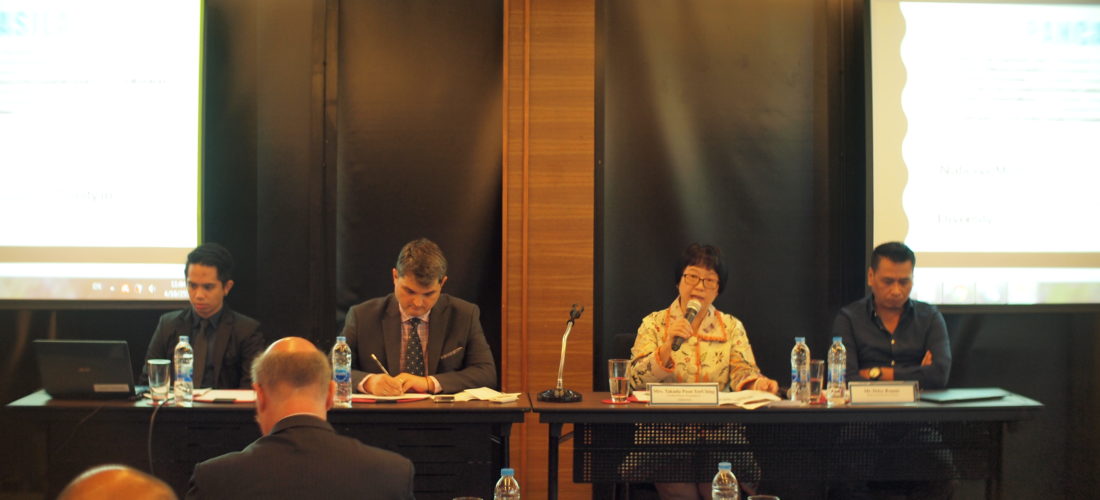
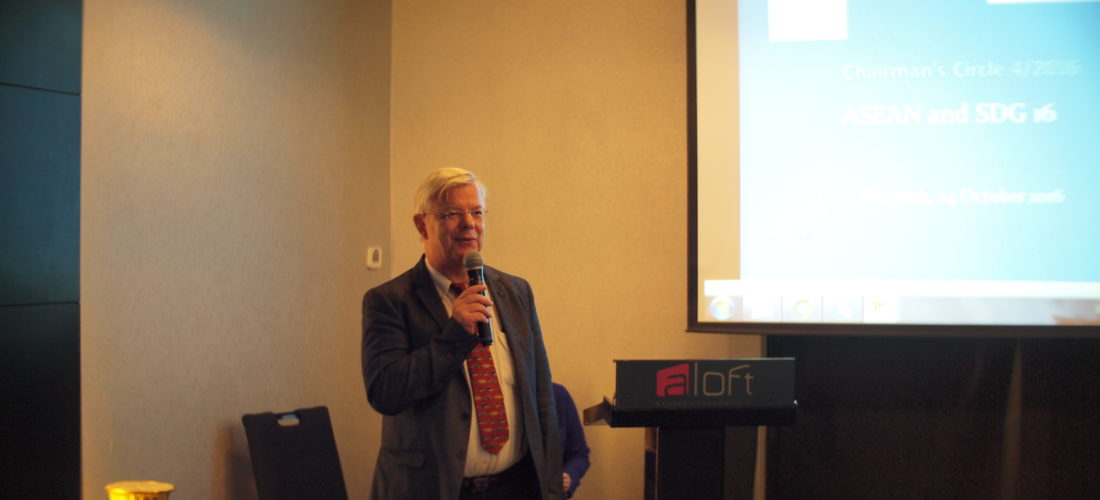
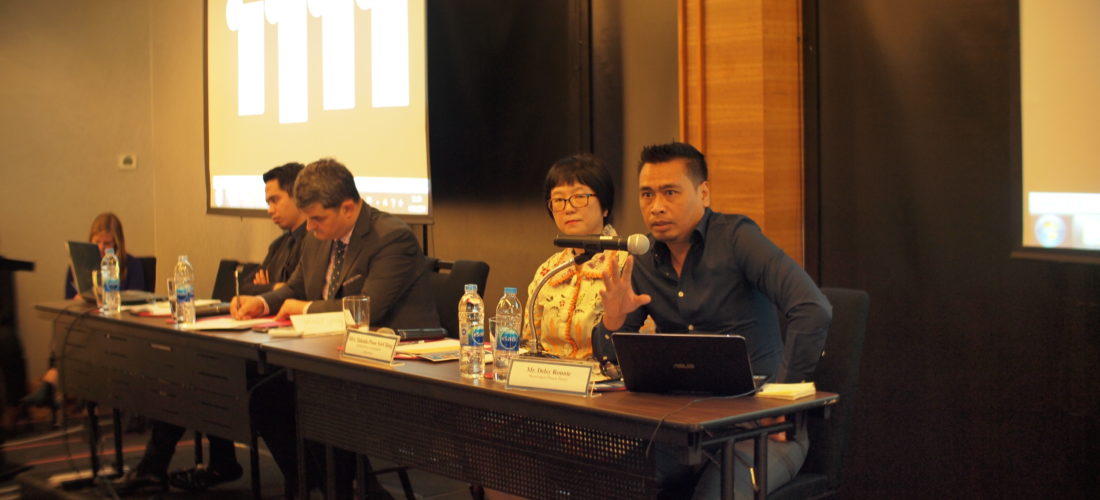
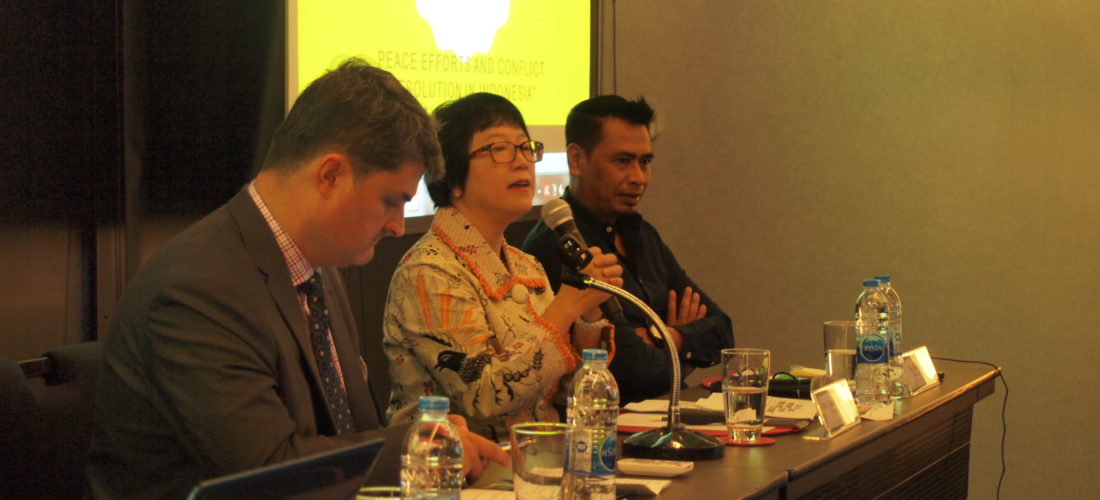
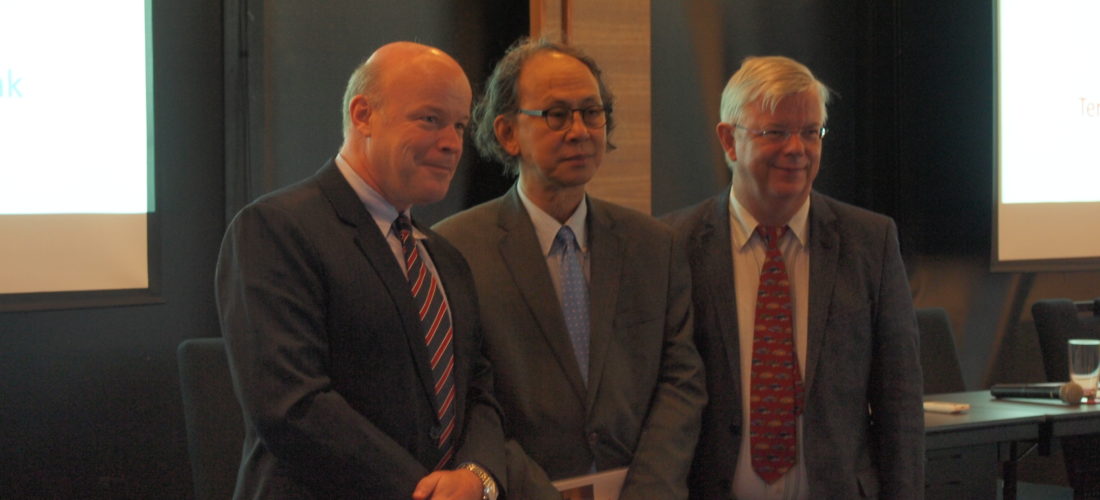
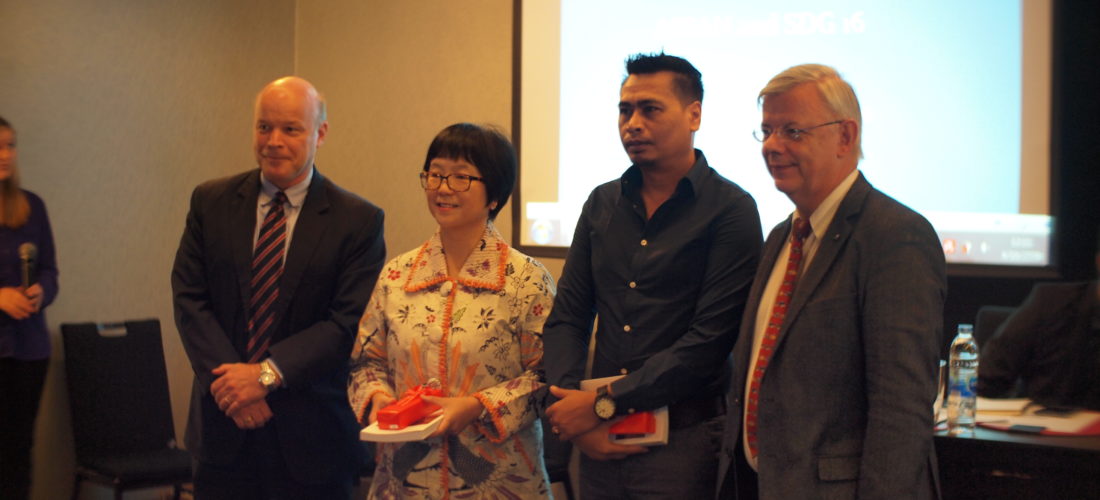
Comments are closed